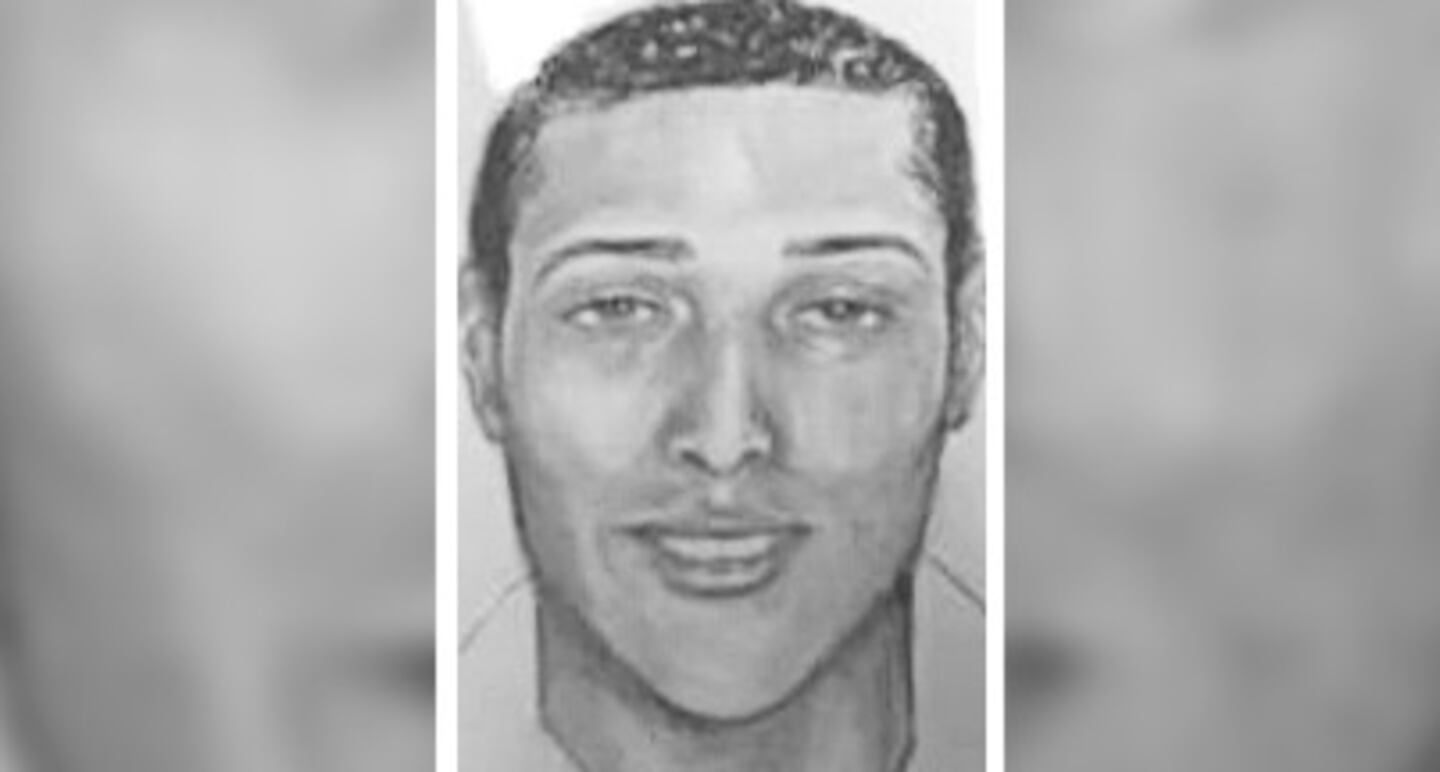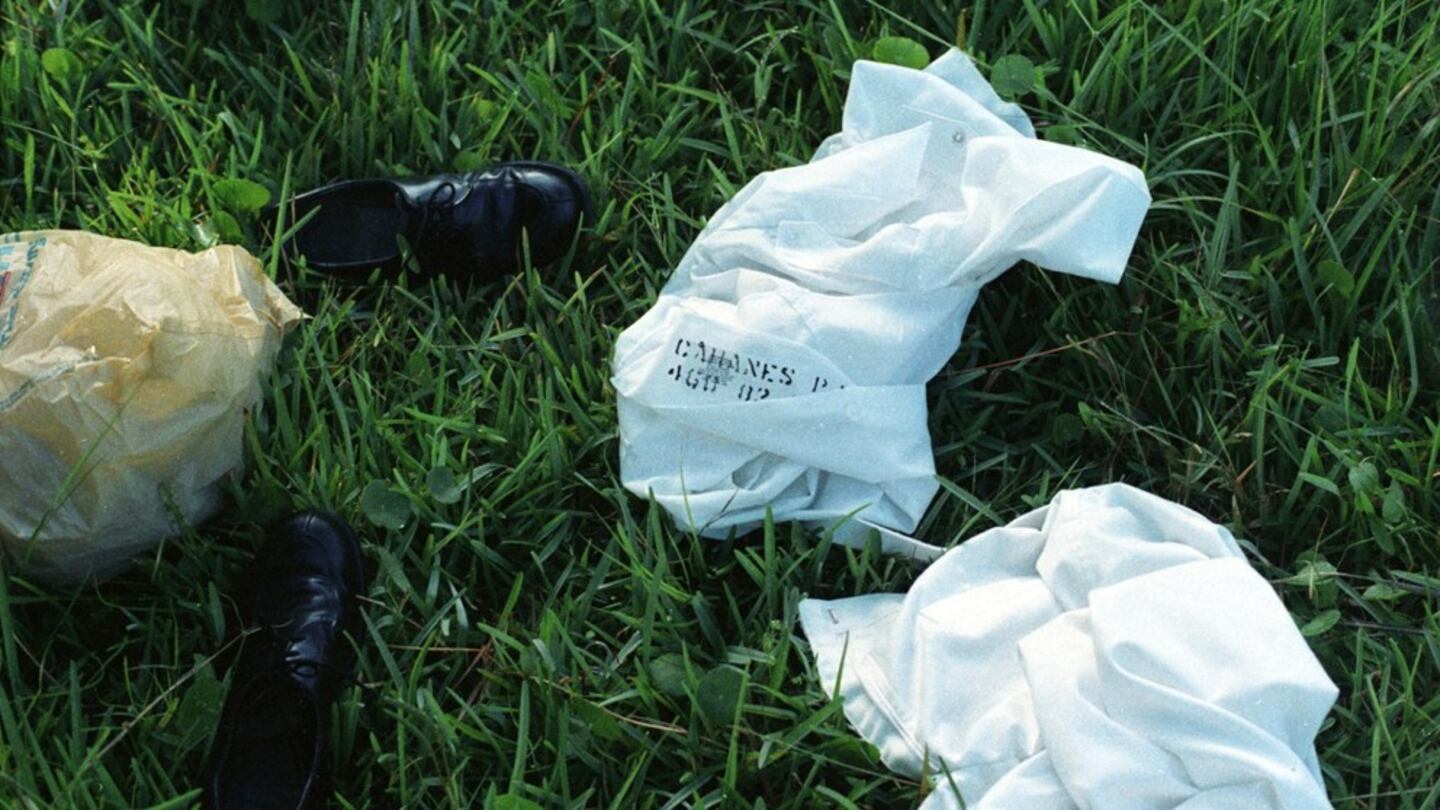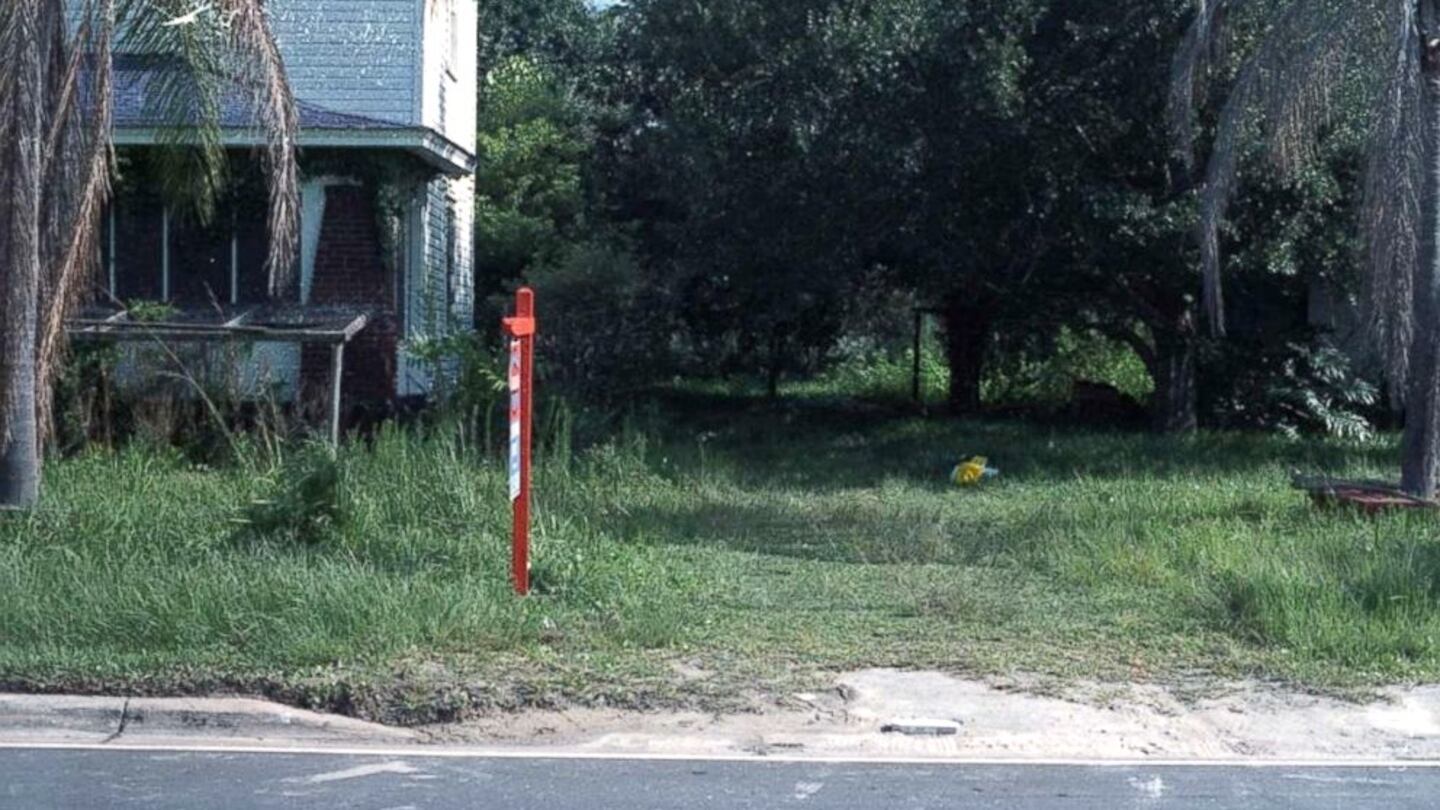HONOLULU — A Florida veteran convicted last month of the 1984 murder of a Navy recruit has once again been indicted, this time in the 1982 murder of an Atlanta woman slain during a visit to Hawaii.
Thomas Lewis Garner, 61, of Jacksonville, was 43 days into a life sentence Friday when he was indicted in the Sept. 19, 1982, killing of Kathy Warnette Hicks.
Hicks, 25, was beaten and strangled Sept. 19, 1982, in Honolulu, according to police. Garner was 22 at the time of the homicide.
The Delta Air Lines reservation clerk was on Oahu for a work-related softball tournament sponsored by United Airlines, the Honolulu Star-Advertiser reported. She and her colleagues played softball at Kapi’olani Regional Park the day before joggers stumbled upon her body in a gulch along Nuuanu Pali Drive.
Details of the two cases are eerily similar. Like Hicks, Pamela Jane Cahanes, 25, of Stillwater, Minnesota, was found beaten and strangled to death Aug. 5, 1984, in the overgrown yard of an abandoned house in Sanford, Florida.
Cahanes, a Navy seaman apprentice stationed at the Orlando Naval Training Center, had been raped prior to her death.
Court records indicate that semen was found in Hicks’ body as well, but it was unclear at her autopsy if she’d had consensual sex or if she’d been sexually assaulted the night of her slaying.
Garner was arrested in Cahanes’ slaying March 13, 2019, after DNA from under her fingernails and on her underwear — the only clothing item still on her body — was matched through genetic genealogy to Garner.
WJAX in Jacksonville reported that Garner, who worked as a dental hygienist, was convicted May 6 of first-degree murder and sent to prison.
Garner’s DNA, which had been collected in the Cahanes case and entered into the FBI’s Combined DNA Index System, also tied him to Hicks’ killing two years earlier and more than 4,700 miles away.
‘Tommy’ or ‘Tony’
A DNA search warrant filed in Florida in April lays out the facts of Honolulu detectives’ cold case.
Hicks’ co-workers reported her missing the morning of Sept. 19, 1982, after she failed to return overnight to the Ilikai Hotel, where they were staying on their trip. Investigators learned that Hicks had last been seen with a man named “Tommy” or “Tony,” who she’d met a couple of nights before her death at a club on Hickam Air Force Base.
The night of Sept. 18, Hicks went to her hotel room, which she was sharing with co-worker Laverta Bynes, and introduced Bynes to her new male friend. In conversation, the man told Bynes that he was a Navy sailor who had been in Hawaii for about two years.
A native of Tuskegee, Alabama, the man said he’d lived in Jacksonville before his time in Hawaii, the court document states.
Bynes told police she last saw Hicks and the man sometime around 1 a.m. when they left the room to go downstairs and sit by the hotel’s pool.
Two more friends met up with Hicks and the man in the hallway and shared an elevator with them. As Hicks and “Tommy” or “Tony” headed to the pool, her friends headed to a nearby club.
They never saw Hicks alive again.
The joggers found Hicks’ body around 10 a.m. that same morning and asked a nearby resident to call the police.
According to an affidavit, Hicks’ body appeared to have been thrown from the side of the road before it rolled about 20 feet down the slope and came to rest. Hicks was fully dressed but had obvious signs of trauma, including scratches on her neck, a bloody lip and eyes that were bruised and swollen.
As detectives began attempting to identify the dead woman, they learned of the missing persons report filed by Hicks’ friends. One of her co-workers went to the morgue and identified her body, the records show.
Investigators interviewed several people and followed up on numerous leads but identified no suspects. The case went cold, and in 1985, it was shelved pending further developments.
Read the court documents in Kathy Hicks’ 1982 killing below.
The case stayed on the shelf until 2017, when detectives requested that the Honolulu Police Department’s forensic unit process evidence from Hicks’ case, including the underwear she’d been wearing when she was slain, the affidavit states.
Semen was found and authorities were able to obtain a “partial major DNA profile” from the fluid in January 2020.
By then, Garner was already in custody in Florida, awaiting trial in Cahanes’ murder, and his DNA profile had been uploaded into CODIS.
Days later, a detective with the Seminole County Sheriff’s Office called from Florida to say the Hawaii sample had been preliminarily matched to Garner’s genetic profile.
Cold case investigators in Hawaii learned that Garner, a Navy Reserve veteran, was stationed in Hawaii from April 1980 to October 1982, putting him there when Hicks was slain. Garner lived in Jacksonville at the time of his July 1979 enlistment, and prior to living in Jacksonville, he’d lived in Tuskegee.
The physical description in Garner’s enlistment papers matched the description witnesses had given of the man seen with Hicks the night she was killed, the affidavit states.
He was transferred from Hawaii the month after Hicks was slain.
A violent, prolonged death
Two years later, Garner was stationed at the Orlando Naval Training Center at the same time as Cahanes. She graduated from basic training two days before her body was found, according to the Star-Advertiser.
Court documents in the Florida case indicate that Cahanes, dressed in her “seaman whites,” had gone shopping at multiple places, including a Kmart and Fashion Square Mall in Orlando, the day she died.
When her battered body was discovered early the next morning, her uniform was discarded nearby, as were the shopping bags containing the items she’d bought on her shopping trip, the records show.
She had $100 in cash in the pocket of her clothes, so robbery was immediately ruled out. Detectives determined she’d been dumped at the location but killed elsewhere.
Autopsy findings painted a picture of a violent, protracted battle for Cahanes’ life. She had been brutally beaten and choked hard enough to fracture the hyoid bone in her neck, a telltale sign of strangulation.
Tiny marks under her chin were attributed to Cahanes’ own fingernails as she desperately tried to pry her killer’s hands from her neck. Prosecutors said at trial last month that the struggle likely lasted about eight minutes before the young woman died.
Skin later identified as Garner’s was found under her fingernails.
Seminole County sheriff’s deputies, in conjunction with the Naval Criminal Investigative Service, conducted the initial homicide investigation, which turned up no viable leads on who had killed Cahanes. Like Hicks’ case before hers, the file eventually was placed on inactive status pending further evidence.
Authorities turned back to the case in 1995, at which time forensic experts found semen on Cahanes’ underwear, the court records show. Then in the early days of DNA testing, technicians were able to extract only a partial profile of the killer.
Testing of the skin fragments at that time indicated that the material could belong to the man who left semen on Cahanes’ clothes, but it could not definitively be linked.
That changed more than two decades later when the skin and semen samples were found to have come from the same person, the documents state.
Read the court documents in the Cahanes case below.
By that point in the investigation, detectives were aware of the advent of genetic genealogy, which in 2017 had helped identify California’s notorious Golden State Killer. Florida authorities turned to the Virginia-based Parabon NanoLabs, a genetic genealogy provider, to create a composite image of what Cahanes’ killer might look like.
The killer was identified as a man of African heritage with brown or hazel eyes.
In 2018, Parabon took the then-unidentified man’s DNA profile and uploaded it to the GEDmatch, a public genealogy database used by law enforcement to create family trees using victims’ or suspects’ genetic material.
In early 2019, Garner was identified as a suspect in Cahanes’ murder.
That February, investigators secretly observed Garner dumping trash into a compactor outside his home at the Pelican Pointe Apartments, according to an affidavit. His discarded trash bag was immediately retrieved and DNA testing was conducted on a cigarette butt, a cotton swab and a used piece of dental floss.
The DNA on all three matched that of Cahanes’ killer. Garner, who lived alone, was later confirmed to be the source of the DNA.
>> Read more true crime stories
Following a four-day trial last month, jurors took just two hours to determine Garner was guilty of premeditated murder. Gino Feliciani and Anna Valentini, the assistant state attorneys who prosecuted the case, credited advances in DNA technology with solving the long-cold case.
“Pamela Cahanes enlisted in the Navy to fight for her country. Instead, she had to fight Thomas Garner for more than eight minutes, only to lose her life,” Valentini said in a statement. “We’re grateful we were able to win this fight for Pamela and her family.
“I hope they can rest easier knowing that tomorrow and every day after, Thomas Garner is going to wake up in a jail cell knowing exactly why he’s there.”
A judge in Hawaii has set Garner’s bail in Hicks’ slaying at $2 million. Authorities plan to extradite him from Florida to stand trial.
©2021 Cox Media Group















